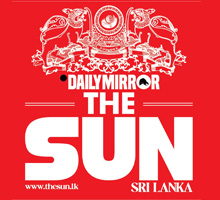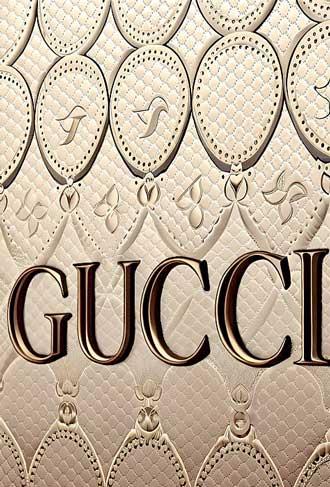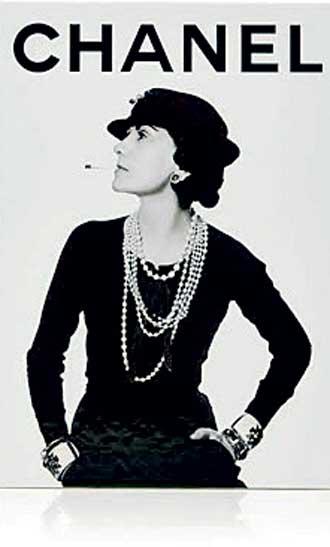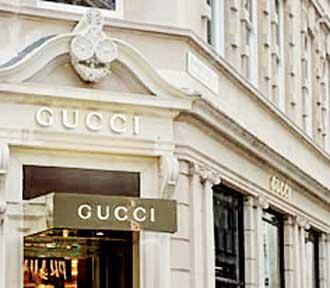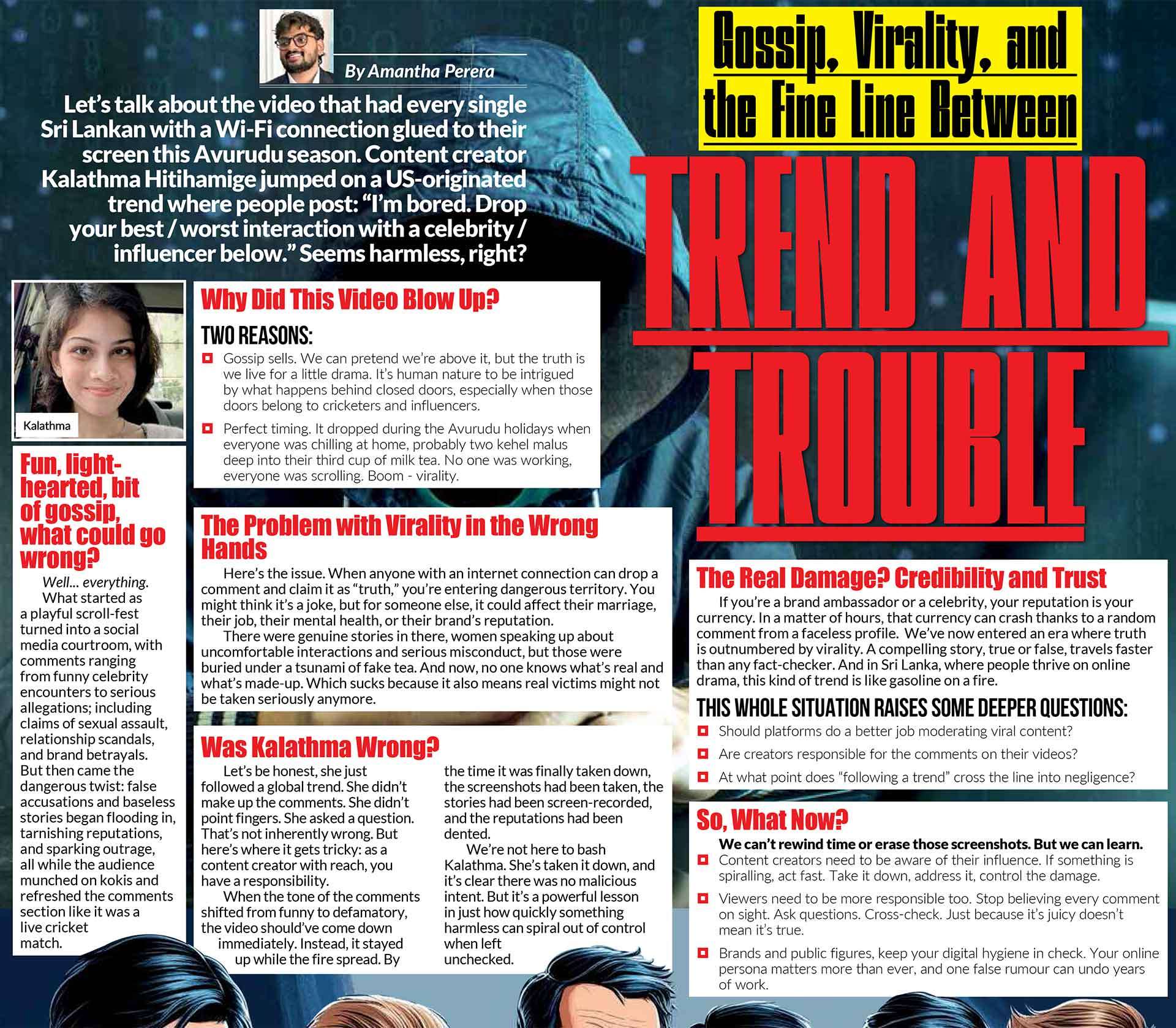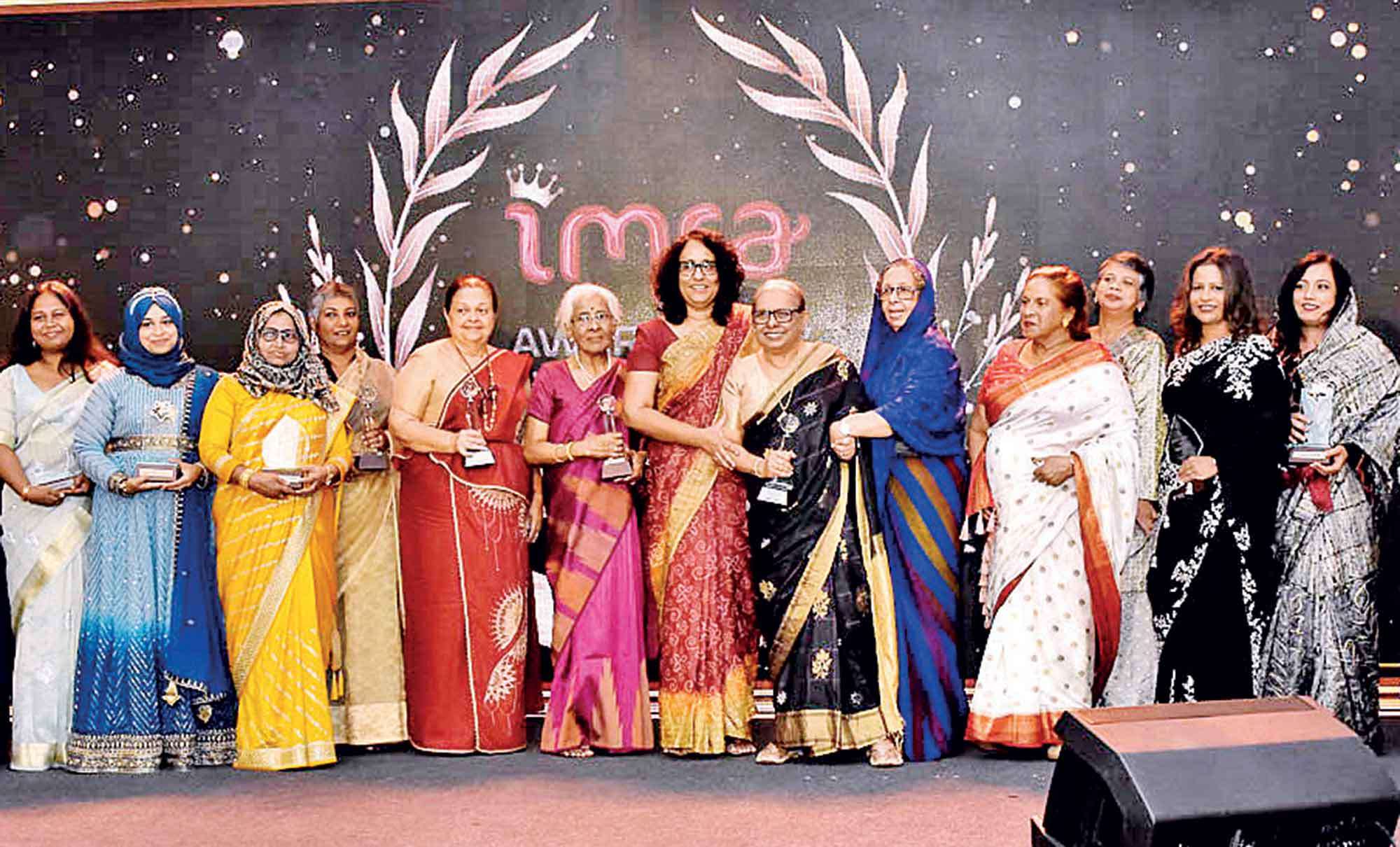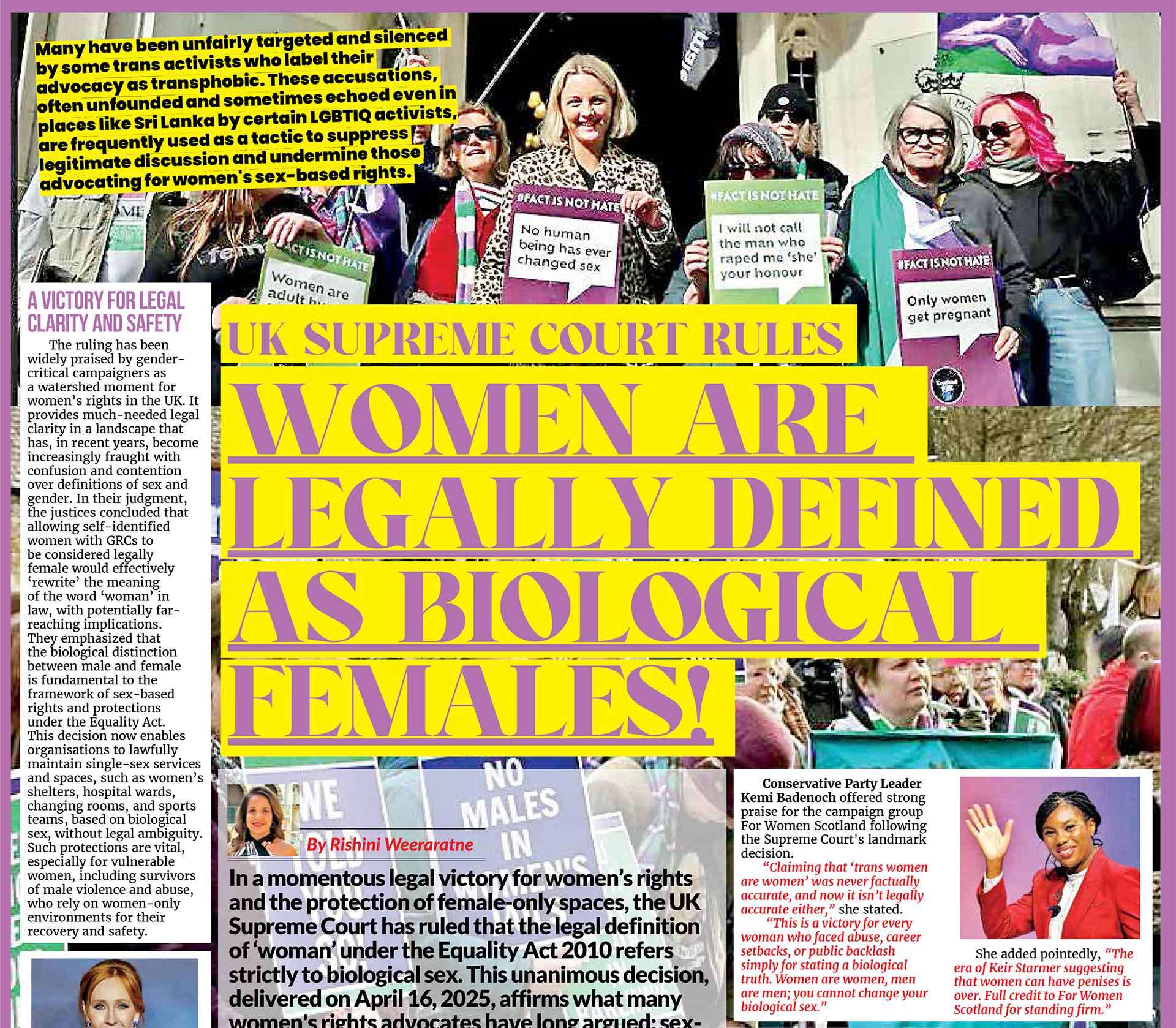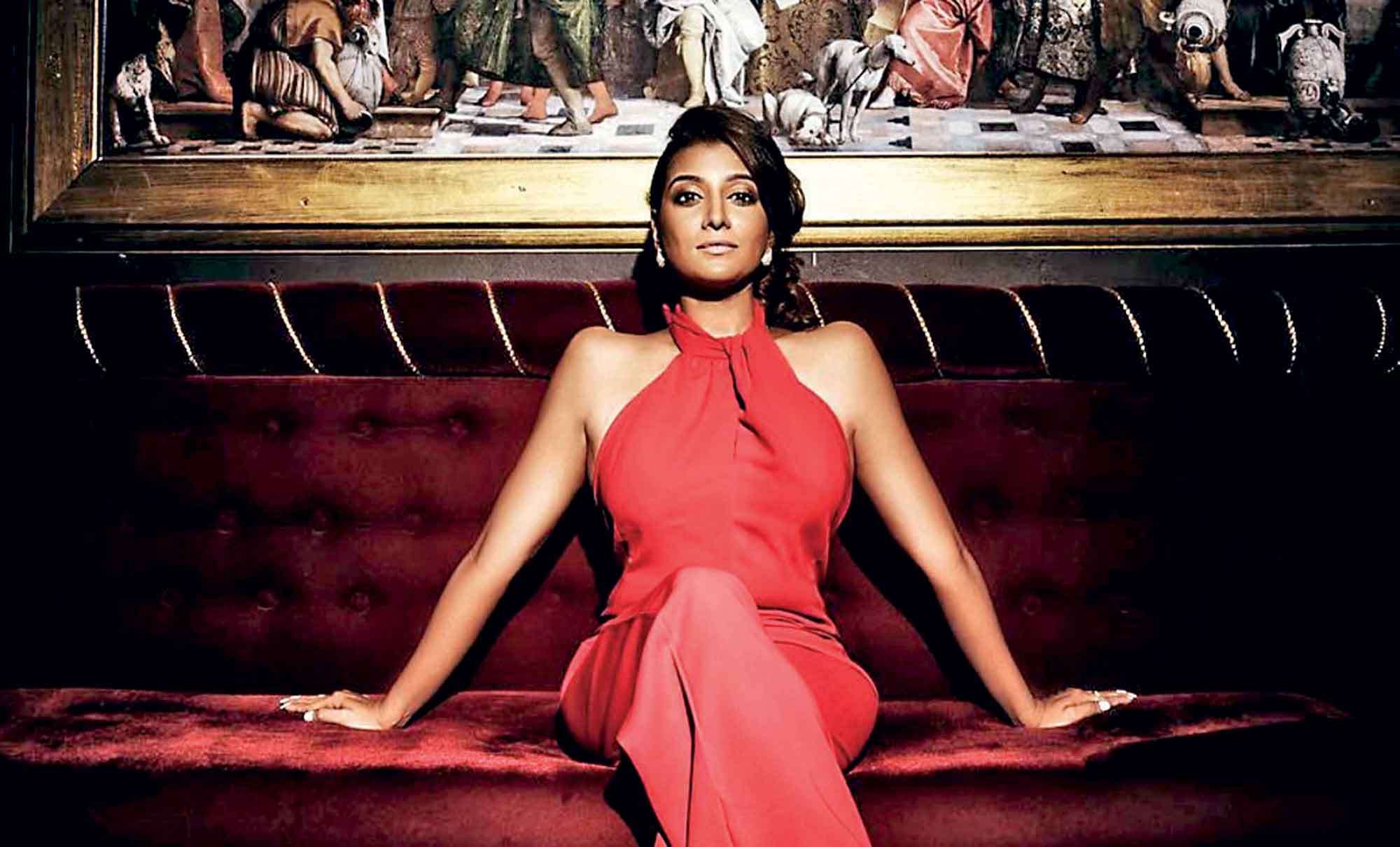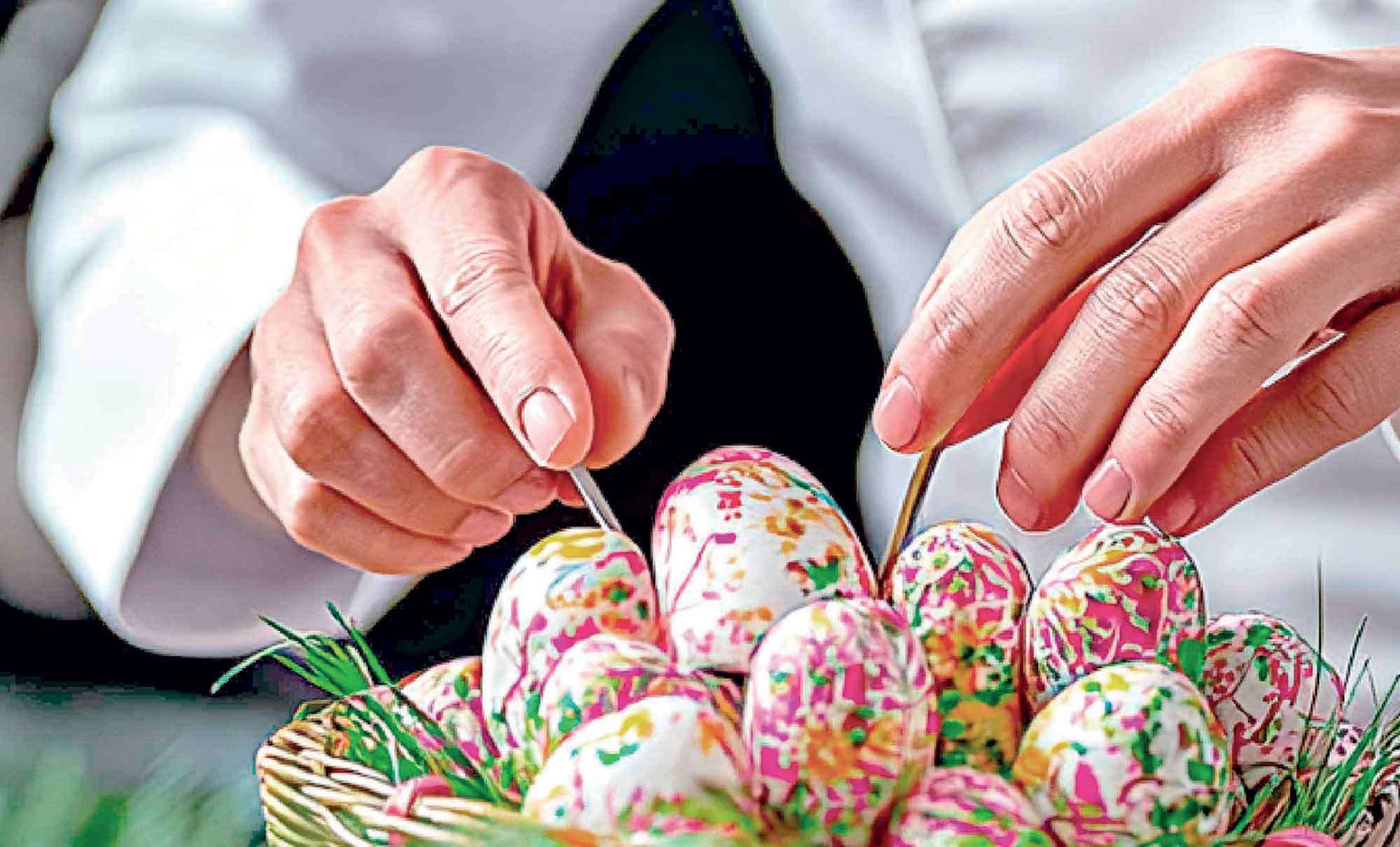The design was inspired by Japanese floral motifs, a nod to the increasing fascination with Japanese art in Europe during the late 19th century
The intertwining letters create a sense of movement and elegance, capturing the revolutionary spirit of Yves Saint Laurent’s designs
|
|
Fashion is more than just clothing; it is an identity, a statement, and a form of self-expression. Beyond the fabrics, patterns, and colors, there is another layer to fashion that often goes unnoticed: the logos. These symbols are not just brand identifiers but carry hidden meanings, historical significance, and deep-rooted symbolism that represent the ethos of the brands they belong to. Some of the most famous fashion logos in the world contain messages that extend beyond their visual appeal, telling a story of heritage, creativity, and philosophy.
One of the most recognized logos in the fashion world is Chanel’s interlocking double C logo. Designed by Coco Chanel herself in the 1920s, this logo represents simplicity, elegance, and timeless sophistication. The two Cs stand for her name, but some believe they also
symbolize two interlocking horseshoes, a traditional symbol of luck. The minimalistic yet bold design of the logo reflects Coco Chanel’s approach to fashion: chic, effortless, and refined. Chanel revolutionized women’s fashion by freeing them from corsets and introducing comfortable yet elegant designs, and the logo encapsulates this philosophy.
Another fashion house with an intriguing logo is Louis Vuitton. The LV monogram, designed in 1896 by Georges Vuitton, the son of the brand’s founder, serves a dual purpose. It not only honors his father’s initials but also acts as a countermeasure against counterfeiting. The design was inspired by Japanese floral motifs, a nod to the increasing fascination with Japanese art in Europe during the late 19th century. The LV logo, accompanied by quatrefoil flowers and geometric patterns, represents luxury, exclusivity, and craftsmanship. Over the decades, it has become a global symbol of opulence and sophistication.
Versace’s Medusa head logo is another example of a fashion brand embedding deep meaning within its emblem. Gianni Versace chose Medusa as the brand’s icon because of her mythological significance. In Greek mythology, Medusa had the power to make people fall in love with her and turn them to stone. This aligns with Versace’s vision of creating fashion that is captivating, powerful, and unforgettable. The Medusa head represents beauty, strength, and seduction, encapsulating the essence of the Versace brand. The intricate details of the logo reflect the brand’s commitment to elaborate designs and bold statements.
Yves Saint Laurent, now often referred to as Saint Laurent, features the iconic YSL monogram designed by the artist Cassandre in 1961. The intertwining letters create a sense of movement and elegance, capturing the revolutionary spirit of Yves Saint Laurent’s designs. The logo represents creativity, modernity, and a break from traditional fashion norms. Yves Saint Laurent was a pioneer in introducing androgynous fashion, and the logo stands as a testament to his avant-garde vision. Even after the brand transitioned to Saint Laurent Paris, the YSL logo remains an enduring symbol of luxury and boldness.
Gucci’s interlocking double G logo is another easily recognizable symbol in fashion. The logo pays tribute to the brand’s founder, Guccio Gucci, with the two G’s intertwining in a way that symbolizes unity and luxury. The font and style of the logo have evolved over time, but the essence remains the same: timeless elegance and high fashion. Gucci has continuously reinvented itself while maintaining the legacy of its founder, and the logo serves as a reminder of the brand’s heritage and innovation. The simplicity of the design contrasts with the often flamboyant and bold nature of Gucci’s collections, making it a perfect representation of balance in fashion.
Dior’s logo, though seemingly simple, carries an air of sophistication and prestige. The brand often uses its full name in a refined, serif font that exudes elegance. However, in its more modern iterations, the logo has been reinterpreted through collaborations with artists and designers, adding contemporary twists while maintaining its classic appeal. The Dior logo represents Parisian chic and the brand’s legacy in haute couture. It embodies refinement and the artistry that Christian Dior introduced to the world of fashion.
Hermès, known for its luxurious leather goods, features a logo depicting a horse-drawn carriage. This logo is a nod to the brand’s origins in creating high-quality equestrian accessories. Established in 1837 as a harness workshop, Hermès has stayed true to its roots in craftsmanship and heritage. The carriage symbolizes prestige, tradition, and attention to detail. Unlike other luxury brands that emphasize modernity, Hermès embraces its historical significance, and the logo serves as a reminder of its artisanal excellence.
The hidden messages in fashion logos extend beyond their visual representation. These symbols carry history, brand identity, and a philosophy that defines each fashion house. They are more than just marketing tools; they are stories woven into the fabric of the industry. Whether through initials, mythical figures, or historical references, fashion logos continue to capture the essence of the brands they represent. Understanding these hidden meanings adds depth to the way we perceive fashion, making us appreciate not just the clothing but the rich heritage behind each brand.
Another fascinating logo with hidden meaning is Burberry’s equestrian knight emblem. Introduced in 1901, the logo features a knight in armor holding a flag with the word “Prorsum,” which means “forward” in Latin. This was meant to symbolize Burberry’s commitment to progress and innovation. The knight represents honor and protection, aligning with the brand’s origins in creating durable outerwear for soldiers and explorers. Over time, Burberry has transformed into a luxury fashion house, but the spirit of advancement and resilience remains embedded in its logo.
Prada, known for its minimalist yet sophisticated approach to fashion, has a logo that reflects its understated elegance. The brand’s logo is simply the word “Prada” in an elegant serif font, but its significance goes beyond mere typography. The logo represents the brand’s dedication to craftsmanship and quality. Prada does not rely on elaborate symbols or imagery, as its name alone carries weight in the fashion industry. This simplicity is intentional, reflecting the brand’s philosophy of letting the products speak for themselves.
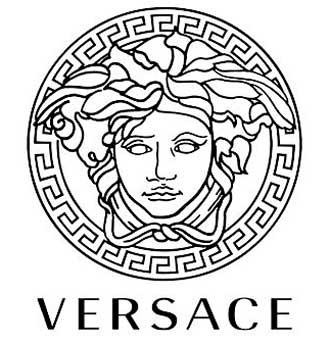 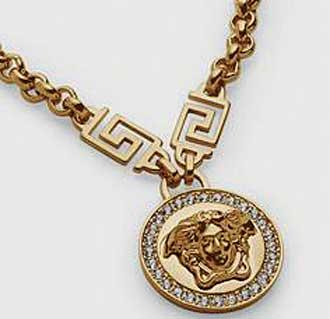  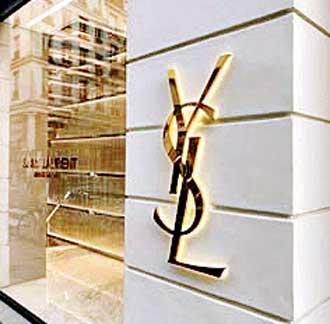  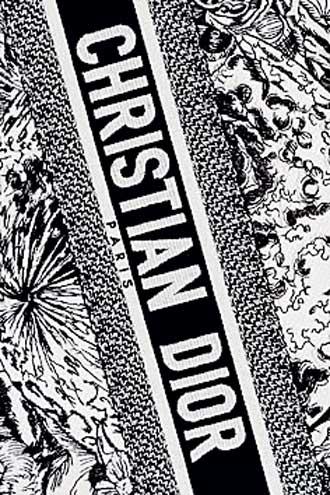 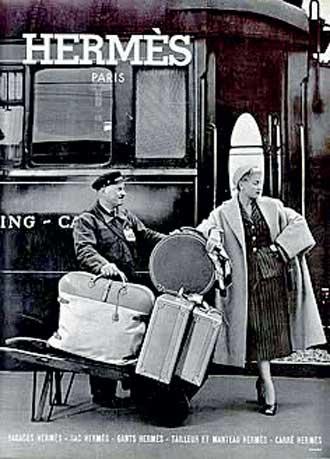 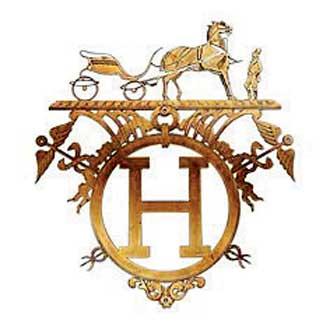 |
